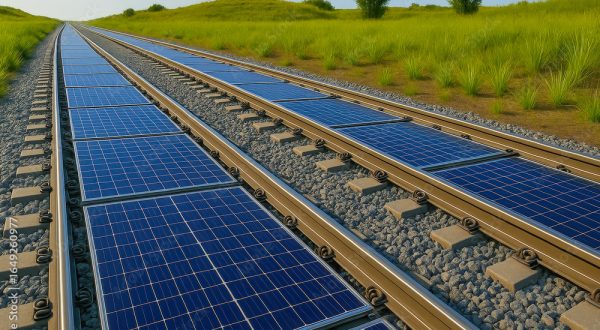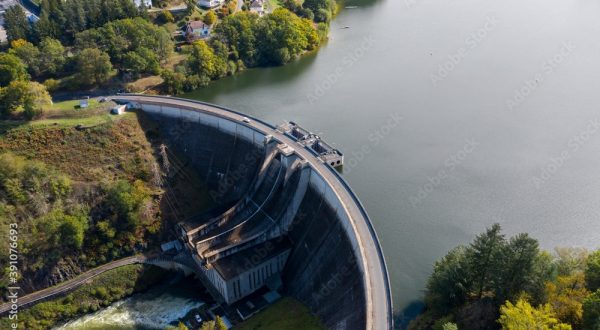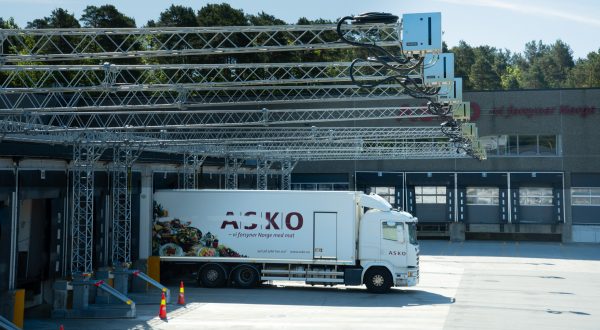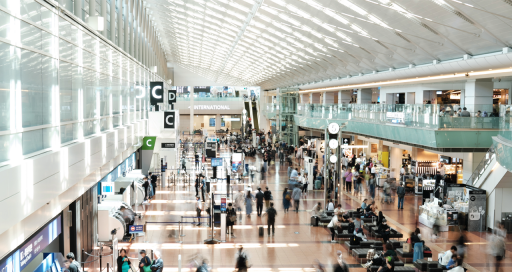Climate change is generating increasingly dramatic effects, making cooling systems indispensable, but these in turn have a huge environmental impact. Fortunately, solutions do exist to make these technologies more sustainable.

©thibault-desplats 2023
Demand for cooling is likely to triple by 2050, driven by climate change and runaway urbanisation. But this dependency comes with a high environmental cost, currently equivalent to 3.4% of total worldwide CO2 emissions. Topping the list of solutions for limiting this impact are energy optimisation, the use of more virtuous refrigeration fluids, and sizing installations appropriately to meet specific requirements.
But a pragmatic approach means reducing the need for climate control itself, before applying technological solutions. And this is where passive cooling comes into play, based on architectural and urban planning solutions: reflective materials such as light-coloured paints and coatings that better reflect the sun’s rays; planting vegetation on buildings to improve insulation and reduce heat absorption; improved air circulation and ventilation; materials with high thermal inertia that are cooled at night and so absorb heart during the day; and water points and fountain installations to cool the surrounding air.
COP and free cooling
Of course, these solutions have their limits, and the need to reduce temperatures is not limited to towns and cities. When a climate-control or refrigeration system is necessary, maximising its efficiency is now essential. “Our refrigeration installations need to achieve a coefficient of performance (COP) on average three times higher by 2050 in order to reduce electricity consumption and thus emissions,” explains David Hanquiez, UBBAK Technical Director. This improvement is crucial, especially in countries where electricity is still highly carbon-intensive.
Another approach is “free cooling”, which uses outdoor air or underground water to provide cooling without the need for a thermodynamic cycle. This solution is particularly well-suited to data centres and commercial or industrial buildings, for example.
“We will need a mix of technologies in order to reduce our impact.”
Another aspect of the problem is that refrigeration systems use cooling fluids with the potential to cause significant greenhouse gas emissions. By 2030, 100% of solutions offered by UBBAK will be using natural fluids such as CO2, ammonia and certain hydrocarbons, which have much lower GWP (global warming potential). But optimising new installations will not be enough: “Our target is to convert our entire portfolio of assets under maintenance by 2050,” says David Hanquiez. This is a colossal undertaking, but essential to decarbonising the sector.
The water issue
The focus on energy issues tends to conceal another key factor: water. Thermal installations consume it in huge quantities, especially in air-cooling towers. In some regions, such as southeastern France, stringent restrictions are already in place, and water stress is a reality. The solution? To develop cooling systems that consume less water – and less energy, because electricity production in France is largely dependent on nuclear, which also requires water. This vicious circle must be broken.
The role of geothermal energy
Making things cold always generates heat. Therein lies the paradox: climate control contributes to the creation of heat islands due to the venting of hot air into the environment. “Geothermal systems make it possible to extract heat and return it to the ground rather than the air,” says David Hanquiez.
In Europe, there are already solutions using underground water tables between 7 °C and 12 °C to cool buildings, such as the Commerce 46 office complex in the European Quarter of Brussels. But geothermal engineering is not just about cooling: some manufacturers are starting to extract heat from many kilometres underground to heat their buildings. This solution has potential, but in France, is still hampered by a lack of drilling specialists, and is limited to certain geographical areas.
Ultimately, it is clear that no single solution will counteract the environmental impact of cooling. “We will need a mix of technologies in order to reduce our impact,” says David Hanquiez. Free cooling, natural fluids, geothermal engineering: each potential solution provides part of the answer. But the transition must also be economically viable. “Yes, we must decarbonise, but without sending operating costs sky-high,” warns our expert.
09/15/2025
Featured photo: Abattoir de Carentan les Marais, ©David Marmier





